Spices are the cornerstone of countless dishes and cuisines. Just a small amount can drastically change the flavor profile of a dish. Each has its own characteristics and comes in multiple varieties. They can also be expensive and keep in mind, their potency doesn’t last forever. This is why it’s very important to know which spices you need and to use the ones you buy.
While these are what we’ve deemed the 31 best spices to have in your kitchen, unless you’re constantly cooking with a large variety of spices, it’s not economical to buy all of the spices on this list. Start with your most used spices and work your way out from there, buying spices in groups that work well together.
Whole vs. Ground
In terms of flavor, versatility, and shelf life, whole spices are far superior. Your spices will retain their aromatic compounds much longer when you buy them whole, thus increasing their lifespan and maintaining their potency. Also, for spices that are only used in small amounts each time, it’s best to buy them in the smallest quantity possible.
Storage
Another way to increase the shelf life of your spices is proper storage. It’s best to store spices in airtight containers and keep them in a cool, dark, dry place. You can also store them in the freezer for up to a year. This is good for surplus spices that you only use in one particular season/month.
Uses
Whole spices are also great for toasting, sautéing, and using them to infuse dishes and drinks. We often will toast spices, such as cumin, fennel, and coriander, before grinding them to give the dish an extra layer of complexity.
Sautéing whole spices is another way to add even more flavor and is common for dressings and sauces.
Using whole spices is also a great way to slowly infuse a dish with flavor. This is common in stocks, stews, and braises, and they are either added directly or as part of a sachet d’épices.
Grinding
Buying whole spices means you’ll eventually need to grind them. There are two main options here: a spice grinder or mortar & pestle. We use both depending on the situation/amount needed. If it’s around a tablespoon or less, then a mortar & pestle would do fine.
Though as the amount increases, it saves a lot of time to use a spice grinder. Also, some spices, such as allspice and cinnamon, are very difficult to grind by hand. We use a simple electric coffee grinder for this (just don’t ever use it for coffee).
Dried Herbs
Dried herbs are not only a great way to impart those flavors when fresh herbs aren’t available, but they also have a place in spice blends, such as dry rubs, herbes de Provence, fines herbes, za’atar, and more.
The 31 Best Spices to Have in Your Kitchen
Staples: Top Tier
1. Peppercorns
Black pepper is by far the most used spice in the pantry and is used almost as much as salt. Most meals would not be complete without it. Whether you’re seasoning meat before cooking, adding it as part of a sachet, adjusting seasoning at the end of cooking, or using it during finishing for its kick, black pepper is a foundational spice.
White pepper is a bit milder than black pepper. It’s typically used on eggs, seafood, cream sauces and soups. It also has the added benefit of its color, which allows it to blend into light colored dishes while still adding to the flavor.
Sichuan pepper is an essential spice for cooking many different Asian cuisines. It’s also a key ingredient in five spice and chili crisp. It’s crunchy and produces a tingling, numbing effect on the tongue to which there’s no substitution. And unlike other peppercorns, they’re typically eaten whole.
For those peppercorns that need to be ground, it’s important to find a reliable pepper grinder. We use a refillable grinder that has various settings for choosing your desired coarseness.
2. Dried Red Pepper
This is one of the 31 best spices to have in your kitchen that we use in almost every dish, typically for finishing. The two main varieties here are crushed red pepper and Aleppo pepper. Which one you use can very much be a personal preference. You can also make your own by taking chiles de árbol and grinding them to your desired level in your spice grinder.
3. Paprika
Paprika is used in many dishes and cuisines, and comes in several varieties. These can be broadly broken into Spanish and Hungarian, and sweet, smoked, and hot. Its main uses are in soups, stews, meat dishes, and in chorizo. We typically have a sweet and smoked on hand at all times, as we can add some cayenne for the heat.
4. Cayenne
Do you see a pattern here? Cayenne, which is basically ground hot chilis, is great for spice blends and adding heat without greatly altering the flavor. It’s typically seen in meat and egg dishes, and many hot sauces.
5. Bay Leaf
Bay leaves are aromatics commonly used in making stocks, soups, stews, braises, and rice dishes. They are an essential part of European and many Asian cuisines, and are used across the globe. The two types typically called for in recipes are Turkish and Californian.
Staples: Second Tier
6. Cumin
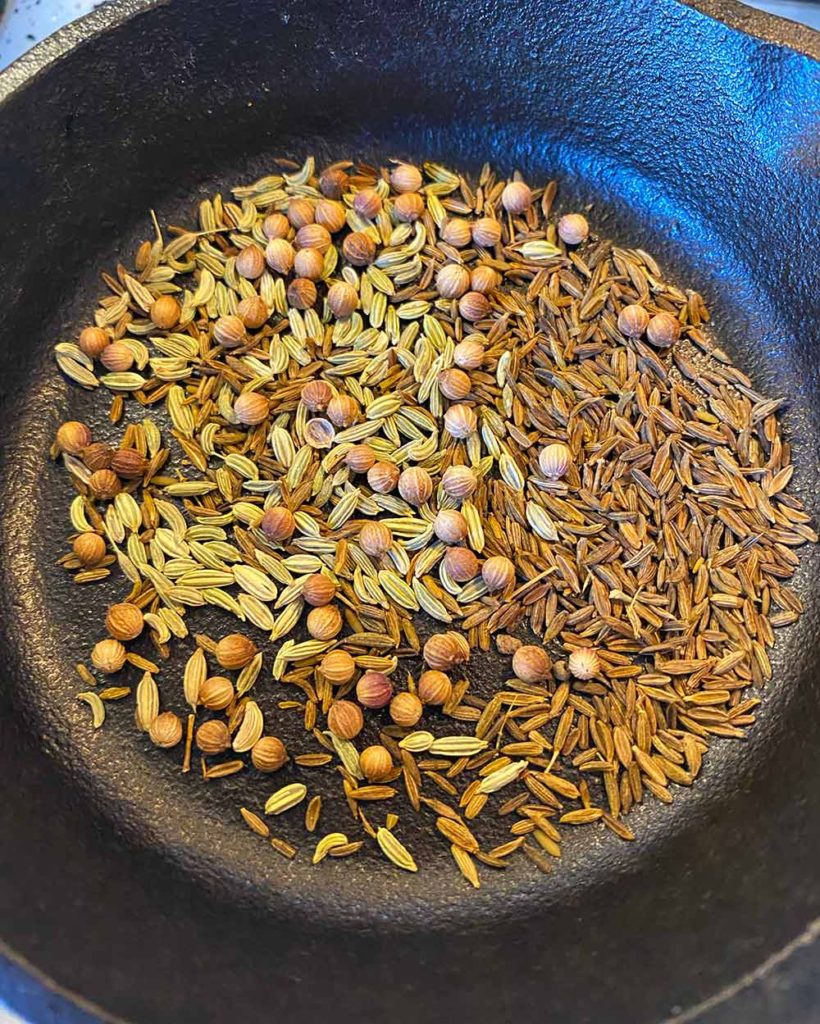
Cumin is one of our favorite spices to cook with! It’s extremely versatile, found in many cuisines, and you only need a little to add big flavor. Its warm, earthy flavor pairs well with other spices or can stand up on its own. We love to toast it and add it whole on top of baked mac & cheese.
7. Coriander
Coriander – cilantro in seed form – adds a bright citrusy flavor to a host of cuisines. Almost any time you’d add a bay leaf or cumin, coriander would pair well. From curries, to roast vegetables, to pickling, it’s an essential spice. And it’s great for toasting!
8. Fennel Seed
Fennel seed, which comes from the fennel plant, has earthly, floral notes and tastes similar to the fully grown plant. Like many spices, a little goes a long way when flavoring. It works well in spice rubs and on its own, and we’ll often pair it with cumin and coriander for a nicely rounded flavor. This is a great one to toast as well!
Baking Spices: Top Tier
9. Cinnamon
Cinnamon is a spice we keep in both whole and ground varieties. It is one of the most familiar spices worldwide and is seen in countless dishes, both sweet and savory, and for breakfast, lunch, dinner, and dessert. It’s a wonderful accompaniment to chocolate, fruits, and stews, and it’s great for finishing.
10. Nutmeg
Nutmeg pairs very well with cinnamon, and like it, is great on both sweet and savory dishes. We love it with waffles, asparagus, winter squash, and as a finishing on punch and eggnog. It is best ground using a microplane (one more reason to own one).
11. Cloves
Cloves are an aromatic flower bud and widely used in the culinary and fragrance worlds. Aside from baking spices, they pair well with vanilla, citrus, basil, and red wine (think mulled wine or poached pears). It’s also found in a number of spice blends, such as five spice.
12. Star Anise
Known for its licorice-like flavor, star anise shares a similar flavor and name to anise seed, though they are not related. Other than its baking applications, it’s used whole in rice dishes, wine, and even tomato sauce.
Baking Spices: Second Tier
13. Cardamom
There are two main types of cardamom: green (the most common type) and black. Green cardamom is what’s called for in most dishes and what to go for when the recipe doesn’t specify. It’s used whole and ground in both sweet and savory dishes.
Black cardamom has a more powerful, smokey flavor and is used primarily whole in savory dishes, such as stews and rice.
14. Allspice
A dried, unripe berry, allspice has wide use across many cuisines such as Caribbean, Middle Eastern, North American, and European. It’s typically ground and can be found in sausage, jerk seasoning, and pickling blends.
15. Ground Ginger
Ground ginger has a bit of a different taste than fresh ginger. It’s far less assertive and complex, and is not a good substitute. It is typically used in baking as a compliment to other spices, though it is occasionally the forward flavor.
16. Mace
Mace comes from the red seed covering on nutmeg. It has a fairly similar flavor, but is a bit more delicate. Often, it is used for the red hue that it imparts when used.
Comfort Food Spices
17. Chili Powder
There are many different types of chili powder, so if you’re going to keep just one in stock, it should be one that can be used in a variety of dishes. Common in Southwest and Mexican cuisine, it contains ground, dried chilis of one or different types and is often paired with other spices like cumin, garlic powder, salt, and others.
18. Ground Mustard
Mustard is one of the few spices that we keep in stock in both its whole and ground versions. Because most recipes only call for a very small amount and mustard seeds can be a bit difficult to grind, we find it best to keep a small container on hand.
19. Onion Powder
Onion powder is a common spice in Southwest cuisine and is often used in spice mixes, such as dry rubs and chili powder. It’s also used in stews and ground meats, such as burgers, meat balls, and meatloaf.
Dye Spices
20. Ground Turmeric
This dried, ground root is widely used in many cuisines and its uses are only growing. Its warm, earthy aroma and its ability to easily color dishes makes it a valuable spice. It’s typically used in rice dishes, stews, and sauces.
21. Saffron
Saffron is the world’s most expensive spice by weight, so it’s a good thing that you only need a little, even when making a large dish. Its sweet flavor is used in many cuisines across the Mediterranean to South Asia for making paella, stews, rice dishes, and more.
Dried Herbs
22. Dried Oregano
Dried oregano comes in two main types: Mexican and Mediterranean. Many people are familiar with it on top of pizza, but it has many other uses as well. It’s great in salads, dressings, spice blends, and meat dishes, such as carnitas and kebabs. We love to dry the extra oregano in our garden so nothing goes to waste.
23. Ground Thyme
Ground thyme isn’t as ubiquitous as its fresh counterpart, but it definitely has some good uses. Winter vegetables, dry rubs, and breads all benefit from this fragrant dried herb. It can also be used in dipping sauces, dressings, and tomato based soups and stews.
24. Dried Sage
Dried sage is a crucial ingredient in breakfast sausage! It pairs well with Fall and Winter dishes, and is often seen accompanying onions, pork, and poultry.
Pickling Spices
25. Mustard Seed
The two main types of mustard seed are yellow (the most common in recipes) and brown. It’s used across many cuisines and has numerous applications, from frying to pickling. It’s great on meat and fish, and we love to sauté it until popping and serve them over parsnips and carrots.
26. Celery Seed
Celery seed is a key ingredient in both coleslaw and bloody marys that give them both their signature flavors. As you can imagine, it’s also frequently found in pickle, potato salad, barbecue sauce and ketchup recipes.
27. Juniper Berries
The seed cone of the juniper tree, juniper berries impart a piney zing. They are a key botanical in gin and are also used for pickling, making marinades, and in stock for duck, lamb, and game meats.
Toppings
28. Poppy Seed
A popular bagel topping, poppy seeds are used on top a host of different bread products and also ground to a paste and used in sweet and savory dishes. Cuisines using poppy seeds span from across Europe to India.
29. Sesame Seed
A favorite on burger buns, sesame seeds have a variety of uses from sweet to savory dishes, and is used in whole form as well as a flavorful oil. You can find it in white and black varieties, and its flavor is greatly enhanced by toasting.
30. Caraway
Caraway has an anise-like flavor and is used across European cuisines. It’s used in a number of applications, from a topping/inside rye bread to accompanying root vegetables to flavoring sauerkraut to infusing stock for pork and lamb.
31. Sumac
Sumac is a tangy spice used across Europe and Asia. It’s commonly used in rice dishes, salads, drinks, and as a topping on various savory dishes for added complexity and color.

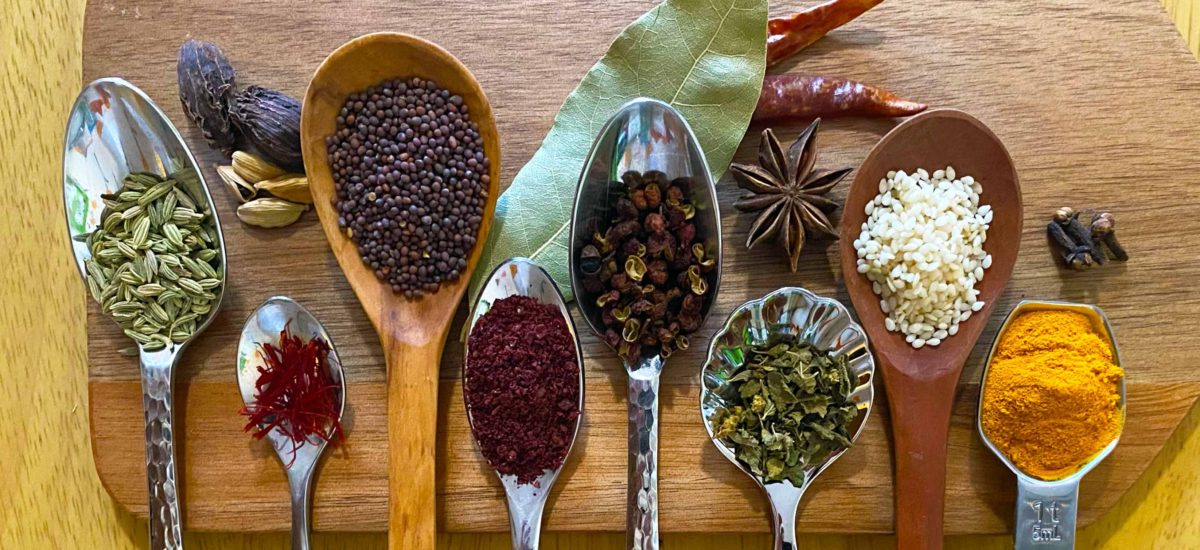

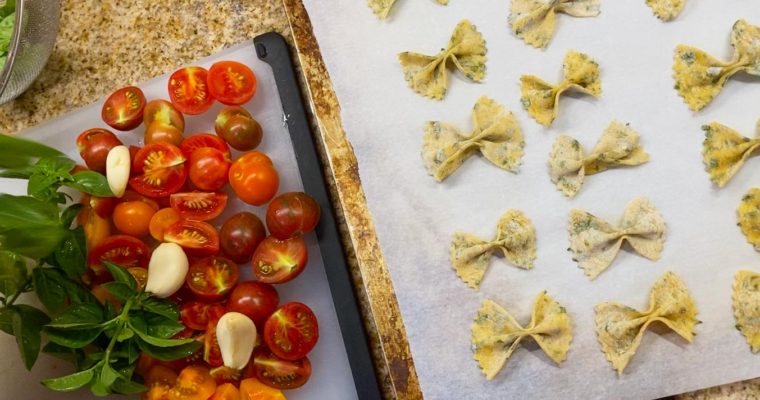
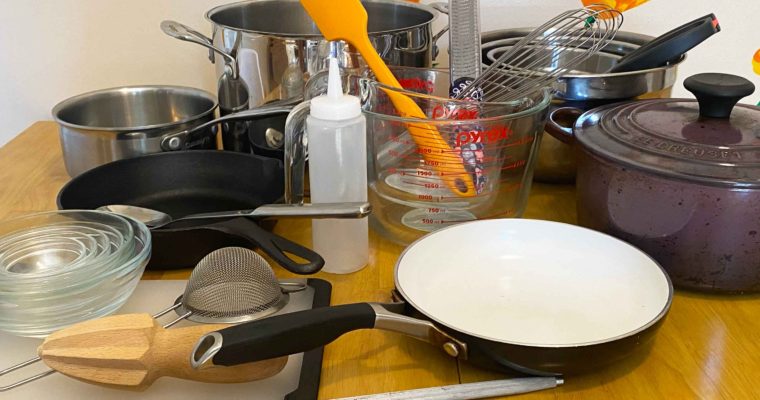
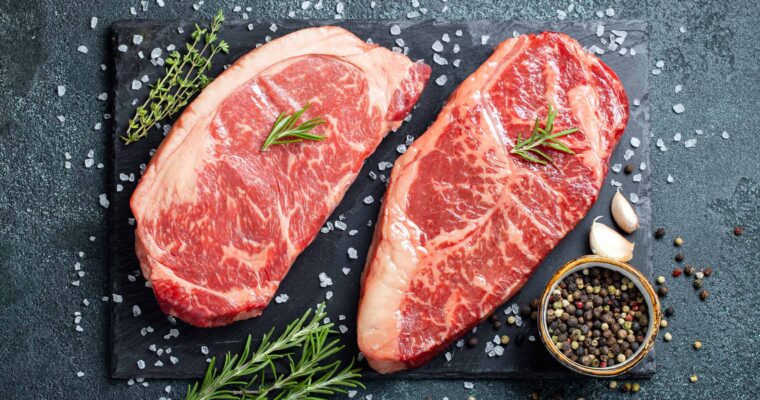
12 thoughts on “31 Best Spices to Have in Your Kitchen”